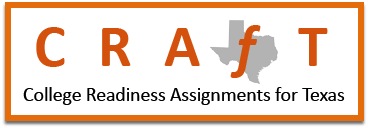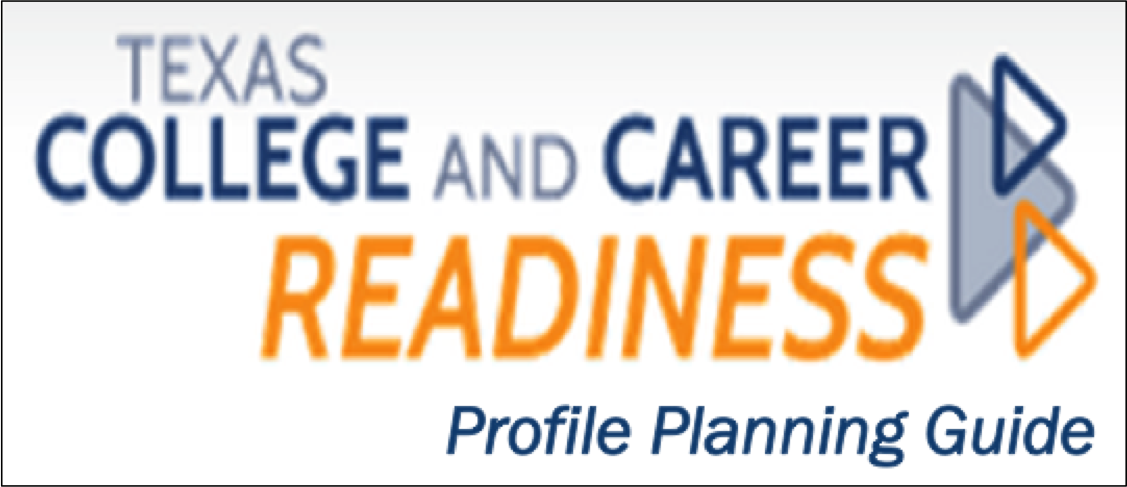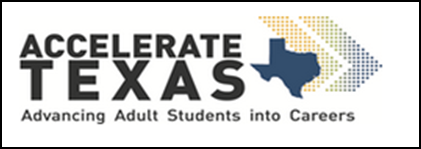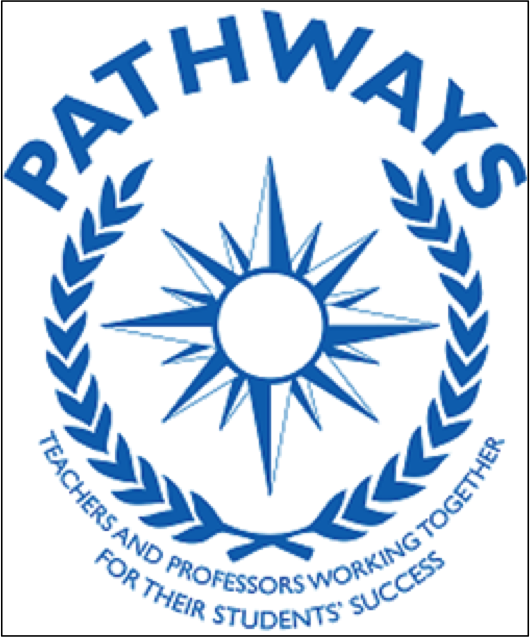CTE and AVATAR
February 2015 | Denton, Texas
BY: Kathy Wright-Chapman, Mary Harris, and Jean Keller
Introduction
With the passage of HB5, Texas became a leader in a national movement to align secondary and post-secondary programs with workforce needs (Zinth, 2014). The Texas College and Career Readiness Standards provide a foundation for this trend, which is advanced in HB5 by designation of endorsements that support career pathways as part of high school graduation requirements. Beyond this, HB5 calls for collaboration by secondary and post-secondary education and workforce partners in the design of curriculum leading to career and technical education (CTE) credentials. The bill provides for collaboration also in development of College Preparatory Courses in English Language Arts (ELA) and Mathematics for secondary students in danger of not meeting “college ready” criteria at graduation. This offers a second chance for students coming late to the realization that career readiness includes basic academic skills.
Several aspects of Texas education as landscaped by HB5 are supported by the mission of AVATAR (Academic Vertical Alignment Training and Renewal), a project piloted by the North Texas Regional P-16 Council in 2011-12 and now implemented statewide through support for collaborative development of College Preparatory Courses (CPC). The AVATAR program and its focused CPC efforts are supported by the Texas Higher Education Coordinating Board (THECB). AVATAR brings secondary, post-secondary, and workforce leaders together as they strategize about alignment of courses and programs to address students’ readiness to meet the workforce needs of changing regional economies. This article looks at an implementation of the AVATAR model that focuses strongly on CTE.
Johnson County Partnership Planning in 2013-14
Seeking to implement AVATAR in a rural setting, Education Service Center (ESC) Region 11, located in Fort Worth, Texas, approached districts and institutions of higher education (IHE) in Johnson County to become part of the 2013-2014 AVATAR project. The Johnson County Career and Technical Education (CTE) Center provided the collaborative foundation for a project. Collaborators include Burleson ISD, Godley ISD, Joshua ISD, Hill College and Tarleton State University. ESC Region 11 facilitated meetings of the partnership and provided orientation and guidance on the AVATAR model, which features a series of critical conversations.
Partnership leaders decided that the first focus of the project would be ELA. This decision was reached after carefully reviewing Texas Education Agency and THECB regional student performance data and listening to workforce partners about the importance of written and oral communication skills. The formation of a vertical alignment team (VAT) that included CTE and ELA faculty and leaders working at the high school, community college, and college levels was the next step. The VAT collaboratively created a document identifying three focused areas of student writing: Procedural Text, Short Answer Response, and Research. Participants aligned student learning goals in these three areas with the Texas College and Career Readiness Standards, CTE TEKS, and English I TEKS. They also identified examples of Instructional Best Practice, instructional resources, evaluation methods, and non-ELA assignments for writing across the curriculum. This collaboration was accomplished in four full-day meetings. Each meeting included an opportunity to build and strengthen the participants’ knowledge and skills in the following areas: STAAR/EOC ELA objectives, English I-III TEKS connections, College and Career Readiness Standards, IHE English I course expectations, and Texas Success Initiative (TSI).
Implementation in 2014-15
With an action plan in place, VAT participants were ready to share knowledge and skills gained in the AVATAR project with colleagues. The VAT requested continued writing-focused staff development, resources, and time for secondary and post-secondary CTE and ELA teachers to collaborate during the 2014-2015 school year. District leaders asked that the VAT prepare a customized writing curriculum to meet specific district needs and initiatives. For example, writing across the disciplines is a priority in some districts. Here are examples of how this work is proceeding in two districts.
Joshua ISD is implementing a writing focus in all high school classrooms. All teachers, ELA, CTE, and others, participated in staff development sessions on writing. Session leaders demonstrated “easy” ways to implement writing in all classes. Some teachers of complementary courses created cross curricular assignments to promote writing across the curriculum. To meet career and employer demands, CTE teachers are providing more opportunities for students to write in their courses. For example, in a welding course, students document their work and maintain a journal as part of an e-portfolio used with employment applications. Joshua ISD is asking teachers to not only focus on course and writing Texas Essential Knowledge and Skills (TEKS), but also on the soft skills.
In Godley, the secondary and post-secondary ELA and CTE teachers who participated in AVATAR met with the entire faculty of Godley High School before school started in August. The VAT members shared their curriculum alignment plan focused on writing. District leaders stressed the need for students to be writing in all subject areas. Godley ISD staff assigned all departments except PE to implement curriculum that included one of the three types of writing identified in the AVATAR plan for a 12-week period. The leaders and VAT members requested samples of student writing from the various departments and will evaluate the writing across each discipline at the beginning of the second semester.
Conclusion
By basing its ELA writing emphasis in the work of the Johnson County Career and Technical Education Center, this partnership identified itself with workforce development of the county and its individual communities. In this endeavor, CTE partners provide a focus for the cross disciplinary work of educators that bears witness to the importance of writing as a career and life skill. Collaborative work of CTE with ELA and other teachers bolsters the credibility and relevance of writing in the eyes of students. Participation of post-secondary CTE and ELA faculty adds to this credibility, as well as assuring the alignment of high school to college curriculum. This is essential for development of courses that will facilitate student transitions to college or post-secondary credential programs without the loss of time and money associated with remediation. Joshua ISD and Godley ISD offer good illustrations of the two major findings of alignment research: Alignment improves student outcomes, and alignment can guide curriculum design for stronger instruction, assessment, and professional development (Squires, 2009).
References
Squires, D. (2009). Curriculum alignment: Research-based strategies for increasing student achievement. Thousand Oaks, CA: Corwin.Zinth, J. D. (April, 2014). Career and technical education: States aligning programs to meet workforce needs. The Progress of Education Reform, 12 (2), 1-7. Education Commission of the States.


 Show Printable Version
Show Printable Version




